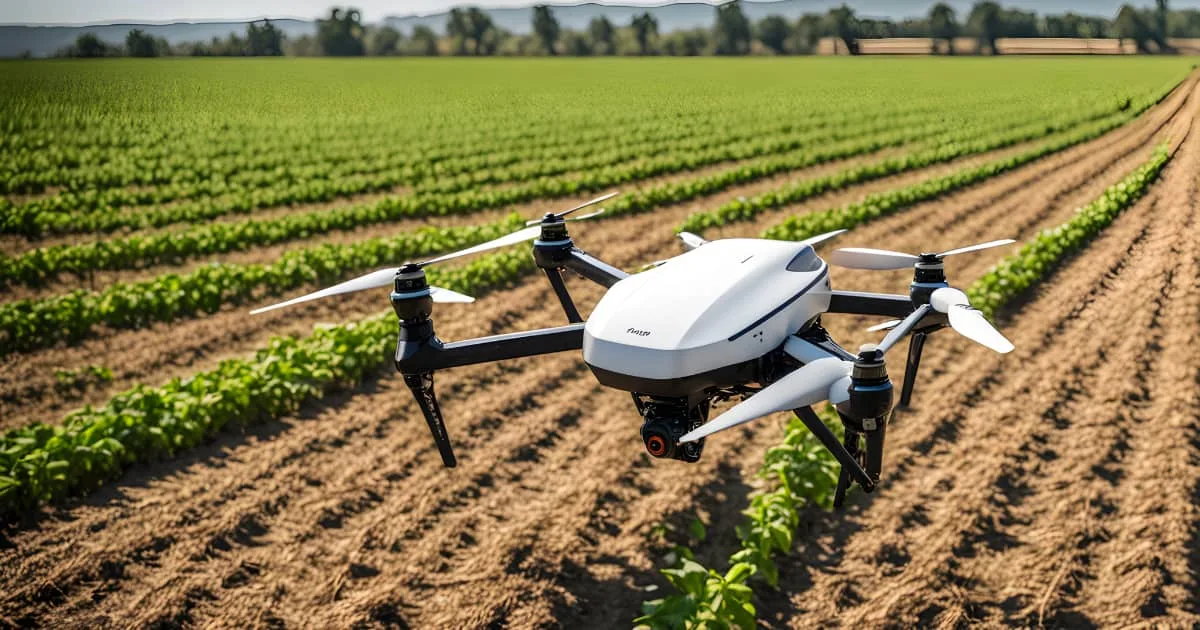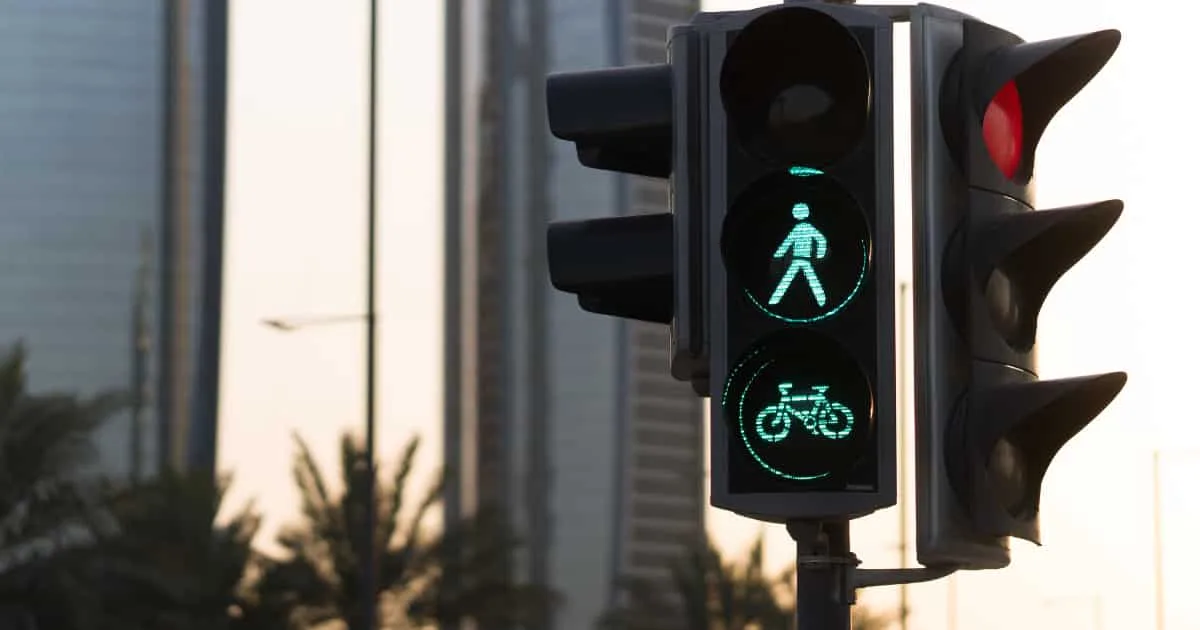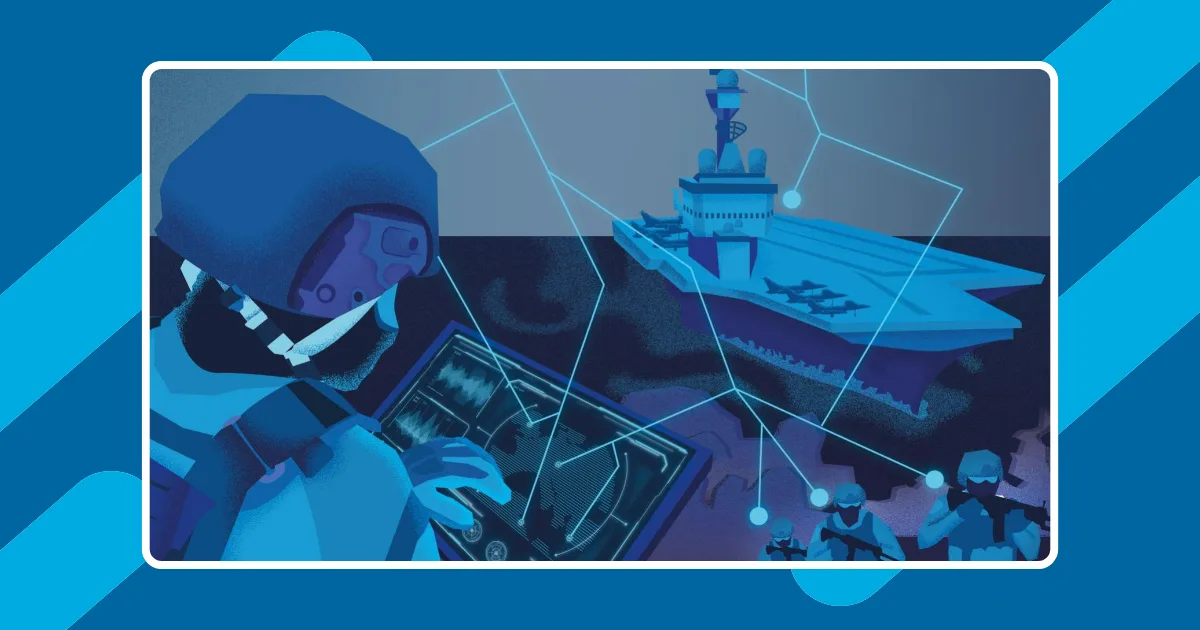Artificial intelligence is a solution that can assist intelligence workers. But it is unlikely to replace them for several reasons. Some of these reasons are ethical, but others are simply technical, as AI also has its limitations.
The field of intelligence provides a good example of applications where AI demonstrates both its effectiveness and its limitations. For example, this technology is said to be used in the fight against terrorism by the United Kingdom1, to detect weak signals indicating that people are planning to commit terrorist acts. An American study also addresses the subject of AI for counter-terrorism and highlights various challenges2. Indeed, as attacks are (fortunately) very infrequent, these weak signals remain very rare. To train an AI capable of identifying these weak signals, a certain amount of data is needed, which is not necessarily available.
Also, as the perpetrators of these acts regularly change their organization and way of organizing themselves, the training of AIs may always lag behind the signals they need to detect. Among this limited data set, the profiles also remain too varied to discover a sufficiently uniform pattern of behavior. AI would then not be efficient and profiling could even become discriminatory (by targeting certain ethnicities for example).
Thus artificial intelligence should not be used to carry out autonomous analyses in the context of counter-terrorism. Rather, it will be used to assist the expert in his analyses by extending his information processing capacities, but it will not replace him3.
Artificial intelligence and intelligence agencies
First, let’s review the role and current state of artificial intelligence for intelligence. It is easy to see why this technology has attracted the attention of intelligence agencies. The promise of automated processing of vast volumes of information by AI represents a real added value for them. In 2017, the CIA conducted around 140 pilot projects involving AI technologies.
The computing capacities of AI and its performance on pattern recognition and clustering tasks are real assets. Indeed, the director of the National Geospatial-Intelligence Agency stated in June 2017 that 75% of the work of analyzing and interpreting images collected by his agency could be carried out by AI. Given the current state of processes and the growth in data volumes, to keep up, the agency would have to recruit 8 million people within 15 years to process every single data. The solution is therefore to use algorithms on volumes of data to extract the relevant information and pass it on to human operators for processing4.
In our time, cyberspace has become a new field of conflict and AI is one of the key technologies in this field. Whether it is to develop cyber defense or cyber-attack techniques, AI can offer new modes of action. On the defensive side, AI can facilitate the detection of threats in network flows (through pattern detection technics for example). On the offensive side, AI can be trained to recognize important information on social networks and then send personalized and therefore more credible fraudulent emails [see our previous article on cybersecurity].
As such, AI-based deepfake techniques are able to reinforce these offensive approaches. These deepfake techniques make it possible to manipulate images or videos and can be used, for example, to make a public figure sound like nonsense. The intelligence community is interested in the subject for two reasons. On the one hand, they represent a threat and it is therefore necessary to be able to detect them (using AI) in order to counter them. On the other hand, intelligence can also use deepfakes, for example to create fake profiles with AI-generated images to obtain information. This mode of action has been illustrated by Russian spies who used it to deceive and contact American politicians5.
On a national level, the use of AI by French intelligence services is still limited. In 2016, the only public example of the use of artificial intelligence by the DGSI concerned the use of software from the American company Palantir for data analysis. Moreover, the deployment of this American technology at the heart of French intelligence caused some controversy. Subsequently, the state invested more in the development of sovereign solutions, notably through programs such as Artemis. These programs incorporating AI technologies will soon be implemented to allow intelligence services to remain competitive with sovereign solutions and to allow France to maintain its rank in these technologies6.
The limits of artificial intelligence for intelligence
But the integration of artificial intelligence into intelligence services will also have its limits. If AI cannot always replace humans, it will at least complement them.
Firstly, there are inherent limitations to the technology, such as the influence of bias or the issues around the amount of data discussed in the introduction. Furthermore, in practice, it would not be technically possible to give AIs the same missions as field agents. Where AI can be useful for counter-intelligence, for example, thanks to facial recognition, it cannot be used to carry out operations to infiltrate organizations that require being on the ground. AI can, however, lighten identification or tracking tasks, as these could be handled by cameras or drones, equipped with image processing analysis capabilities7. The use of AI is therefore not feasible in all areas and will not replace intelligence personnel.
Beyond the operational limitations and benefits that AI systems can provide, they need to be accepted to be deployed effectively. However, this technology continues to be perceived with mistrust, leading to obstacles to its integration. This was observed in the case of translation software during the war in Afghanistan, where the operational staff preferred to use native speakers rather than automated translation software8.
AI has great prospects for intelligence as a support technology. It can be used to assist officers, especially with certain laborious tasks, but it will not replace them. The integration of AI into these services will probably be similar to that which has taken place within the police in the United States. The workings and issues are similar between the different law enforcement agencies. In this context, the role of AI was to assist officers by performing analytical tasks without giving them full autonomy. The police had learned from a previous case of using predictive AI for crime prevention that led to biases in processing. These biases caused stigmatization and led to a loss of efficiency and confidence in the proposed algorithms9. AI can therefore be used as an assistant for simple tasks until the algorithms become sufficiently robust and efficient to be accepted for more complex tasks.
- Artificial Intelligence and UK National Security: Policy Considerations | Royal United Services Institute ↩︎
- Building Peace in Cyberspace – War Prevention Initiative ↩︎
- Le Royaume-Uni veut doter ses espions d’intelligence artificielle ↩︎
- Intelligence artificielle | Cairn.info ↩︎
- Des espions russes utilisent des photos de profils générées par une IA pour ne pas être repérés ↩︎
- Le défi du big data et de l’intelligence artificielle pour le monde de la défense – 2e partie – Les Jeunes IHEDN ↩︎
- AI is breathing new life into the intelligence community | FedScoop ↩︎
- Intelligence artificielle – Les agences d’espionnage ont de grands espoirs pour l’IA | Technologie scientifique – ThePressFree ↩︎
- Police prédictive: quels sont les enjeux soulevés par les algorithmes ? – Infoprotection ↩︎







